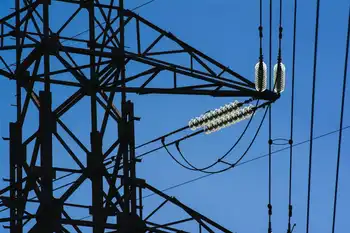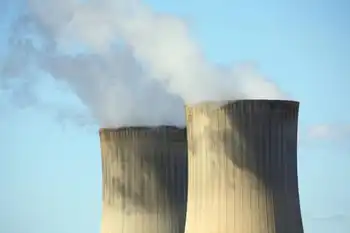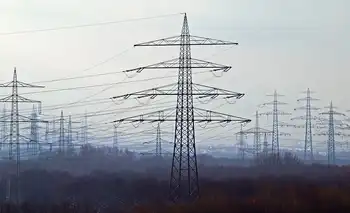Super-fast magnetic train floats above the track
BALTIMORE, MARYLAND - Phyllis Wilkins looks forward to the day when residents of her city will be able to levitate 64 kilometres to Washington, D.C.
Wilkins is executive director of Maglev (Magnetic Levitation) Maryland, part of the City of Baltimore's Development Corp.
And she's a busy woman.
In 2006, Baltimore city council voted to build a 64-km long maglev high-speed train line, for travel at 420 km/h between the city centre and downtown Washington, with one stop in between at Baltimore Washington International Airport.
The project was included in the city's 10-year master plan and with the approval of Washington's mayor is now set to begin once federal infrastructure funding is secured to cover part of the $5.83 billion budget.
"The drive times in the best of traffic from downtown Baltimore to downtown D.C. is 45 minutes," Wilkins says.
"In bad traffic it's an hour and a half, easy. With maglev it will be 18 minutes."
Wilkins, who hopes construction will begin in 2013 with completion by 2017, says the broader plan is to link up maglev lines throughout the U.S. Northeast, to New York and Boston, and south to Charlotte and Atlanta.
It would eliminate highly inefficient and heavily polluting short-haul air travel (which accounts for more than a third of all flights in the U.S. northeast), while in some cases cutting overall trip times in half.
Right now, the only passenger-carrying maglev train in the world is in Shanghai. That 31-km line, which carries people at 431 km/h, is now being extended beyond the city south to Hangzhou, and will cut what's typically a two-hour car trip down to 12 minutes.
In Canada, maglev lines, which are best used in high-density corridors up to 1,000 kilometres in length, have long been talked about, particularly for the Windsor to Montreal corridor.
There was even a prototype line being built in Toronto during the 1970s.
But Jim Parker, who was involved in the prototype project and is an advocate of high-speed rail, doesn't think the economics of a maglev system connecting southern Ontario and Quebec make sense.
"We were always challenged by how are we going to cope with freezing rain and snow. You could keep the system running with blowers right on the cars. But we just don't have the population density you need to make it a revenue-neutral system.
"But if there was, say, a private partnership in Canada, maglev or high-speed rail would be much more efficient with much lower energy use per passenger than cars or planes, there's no question about it."
Related News

Kenya on Course for $5 Billion Nuclear Plant to Power Industry
KENYA - Kenya’s nuclear agency submitted impact studies for a $5 billion power plant, and said it’s on course to build and start operating the facility in about seven years.
The government plans to expand its nuclear-power capacity fourfold by 2035, the Nuclear Power and Energy Agency said in a report on the National Environment Management Authority’s website. The document is set for public scrutiny before the environmental watchdog can approve it, and pave the way for the project to continue.
President Uhuru Kenyatta wants to ramp up installed generation capacity from 2,712 megawatts as of April to boost manufacturing in East…




